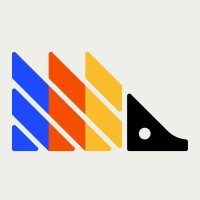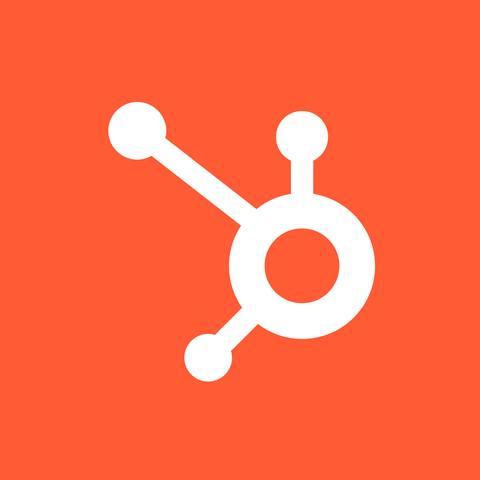

PostHog Reviews & Product Details
PostHog is an open-source analytics platform designed to help software teams understand user behavior, improve products, and drive growth. It offers a suite of tools for event tracking, heatmaps, session recording, and feature flags, enabling developers and product managers to gain insights into how users interact with their applications.
| Capabilities |
|
|---|---|
| Segment |
|
| Deployment | Cloud / SaaS / Web-Based, On-Premise Linux |
| Training | Documentation |
| Languages | English |

very easy to implement and spin up dashboards. Great for websites
When it comes to referring domain I'm sure how some are picked over others.
Providing us analytics on our documentation pages on our website. Using it for Zendesk and is way better than what they provide.
Love the user interface. It reminds me a lot of Amplitude because the UI is very similar and similar features are being offered, but for a small fraction of the price!
I wish that there was a little bit more in terms of alerting and notifications, more specifically in realtime. Unsure if that is in place or not so i may be off base her.
It is helping us to get conversion rate data, which is not something we had before.
Easy event tracking. Its very easy to setup a new app in posthog.
Poor recording filters. Its a pain filter more advanced queries.
Monitor and watch my AB tests without to much complexity. Is very simple and easy to setup a new AB test.
I like the SDK and the time series data representation. The implicit attribution is also a nice touch. I like the dashboard's ease of creation and top-level filtering.
I dislike the export features, the snowflake integration is brittle. I dislike the query system for complicated funnel analysis. It's very pricey and cannot reconcile events.
Posthog allows us to gather user insights quickly while focusing on actually building the product.
Auto capture, so you can easily create insights afterwards on any event.
It was pretty long until we got everything set up. Mostly we struggled with cross domain tracking, so we have the whole user journey.
It's mainly helping us know users better, seeing what they do, testing new features with experiments, and helping qa reproduce bugs via session recording. It's benefiting us by knowing our product better
The user journey recordings are great! Also, the funnel logging.
It is hard for us to get the aggregate dashboards that we want. An example would be how many users opened the app/website in the past month.
We want to understand what our users are doing and how our funnels work.
I like the autoevents. this looks quite usefull. Sending in you own events seams quite easy as well. The fact that there is support for A/B testing, heatmaps and session replays is awsome
The reporting is a bit lack luster. This might be a user problem, Im not that well versed using this tool. But i find it hard to find reports on events that inclide event parameters
The fact that this can be self hosted, and that the data can be stored in Europe is a big pluss comapring it with GA, where you have no controll over where the acuall data is stored.
I am able to log in and see issues client have experienced and pinpoint problems.
It can be glitchy. Sometimes we get server errors, nothing will load or it takes a long time to find what I am looking for.
Session replay is what I personally use posthog for. I am able to see what the client is experiencing and pinpoint pain points or bugs in our product.
PostHog is very configurable. You can create cohorts depending on lots of different fields and information. User Session replays are a game changer.
Feature flags cannot be controlled by the current URL. It's kind of expensive.
Thanks to PostHog, we know what our users are doing on our page and how they're interacting with it.
- Ease of use - Ability to quickly check live events to deep dive for RCAs
- Unable to do complex calculations for visualization - Slow load times
API response times API success/failure App downtime Feature usage
Data visualization is great, which allows us to have recurring graphs we look at weekly. Comparison across time periods is also great. My favorite part are the footages when considering bug related graphs.
I don't find it too easy to program the graphs as a non-tech person. It is less intuitive than Retool, even though Retool is not no-code. Also, we cannot import the PostHog graphs to show them to our clients/customers.
The problem of organizing our visit events and our main bugs. It allows us to quickly check some bug occurrences and watch their footage, which is great for fixing them.
Really enjoyed user pathing/flows. It was great for an early platform to get an understanding of where it is users traffic most when dev resources internally are limited.
Its utility is great until a lot of features, especially ones associated with user insights, seemed to get axed or kneecapped. It's also not as user friendly in terms of UI/UX, I find myself rage clicking quite a lot and if you're a non-technical PM it becomes more of a dev task than needed. With the LOE put in, we'd be better off pulling data from a BI tool like Metabase or PowerBI and leveraging our Product/Data Analyst's time to draw deeper insights ourselves.
Honestly, none at this point. We've basically churned out. I was the one championing to use Posthog upon our launch because of its self-hosting option.
Flexible and easy to combine various data sources to give data insights
Does not replace google analytics as it does not do the usual landing page analytics out of the box
Analytics
Simple set of features that work well. Didn't have any issue setting up flags and using it in the codebase.
I did't like that I had to set up the same flag twice for the development & production environment.
It makes feature flag management easier.
pretty easy to setup. automated usage analytics is definitely the future. feature flags are solid as well.
the overall user experience is not great. multiple users from our org detest using the app and find it difficult to create reports. some features just flat out don't work.
it's a solid feature flag solution for us, but we've decided to move to another platform for product analytics
Much better than Google Analytics with a great self host model. The visualizations and charts are better than Google Analytics too, and even Heap.
Missing key features such as elegantly supporting multiple environments (they mix the concept with projects) and lack basics like breaking down reports by multiple dimensions. This latter issue has been a feature request for almost 3 years.
Better experience than google analytics which helps given you more usable insight for nominal cost. Smarter data model than GA too giving more power in your queries.
Tons of features and easy to implement. The UI is well-done and fun.
Too early to tell anything truly worth noting as a negative.
Using session replay for insights into what behavior is causing bugs. Planning to also use the feature flagging and other analytics once our product goes live.
- Excellent Documention - Hints all over the Dashboard - User Forum - Very easy to use - The easiest way I have found so far to get to know your users properly
So far I have not been able to find anything negative.
I used a bunch of tools to track my users beahvior. All other tools with this set of features weren't gdpr compilant!
I like being able to see exactly where and how users use our platform
The home page where recordings are listed isn't that intutitive to me. I'm not sure how they set up the ordering for recordings that are displayed
It has helped me identify points on our websites that users find confusing
The documantation is really easy to follow and has guides for a lot of frameworks, like Remix. Was able to get started really quickly
Adding analytics to the dashboard was a bit hard and confusing.
Understanding where a user activate a feature in our app.






